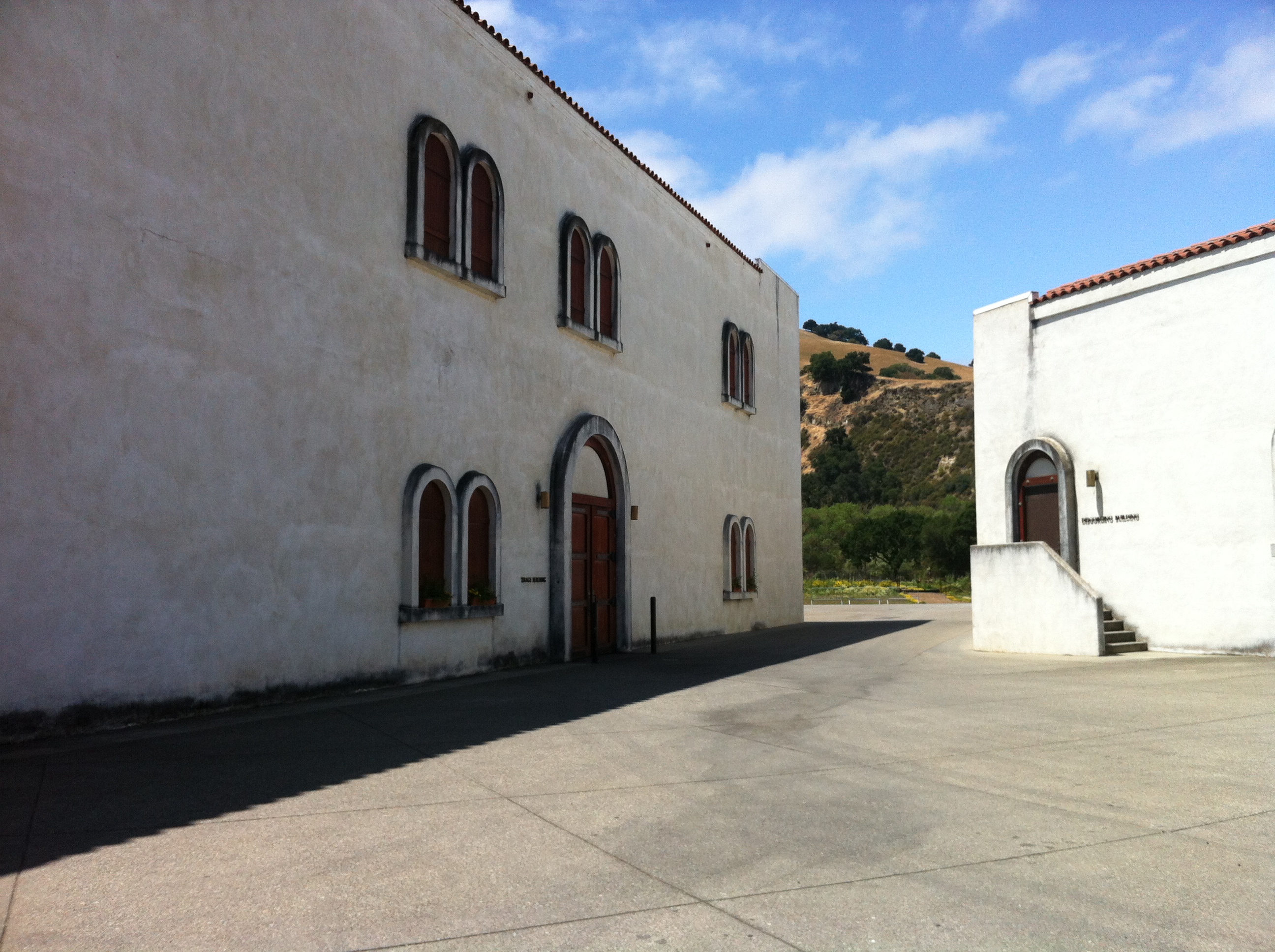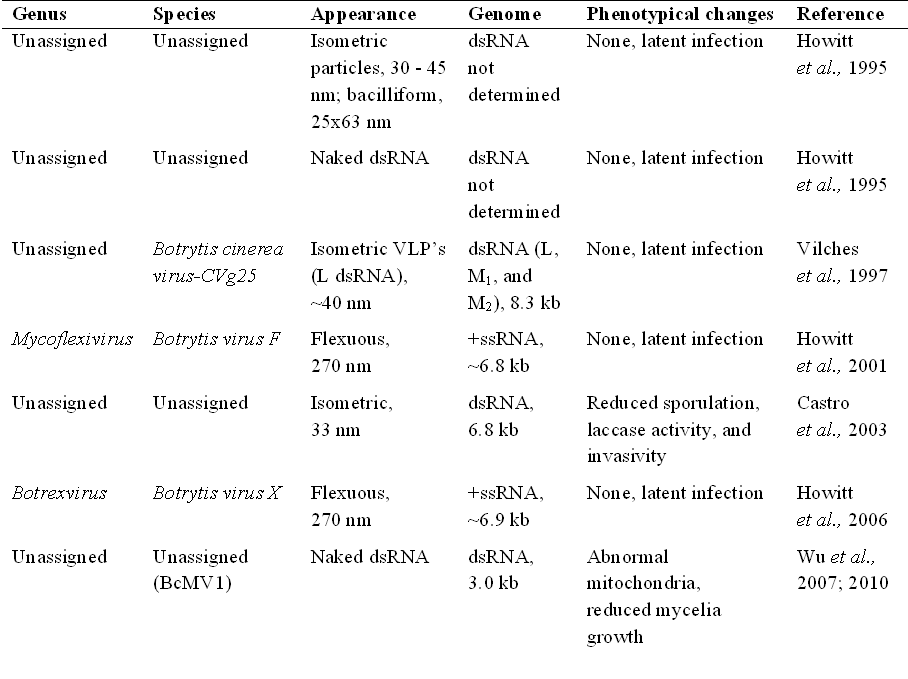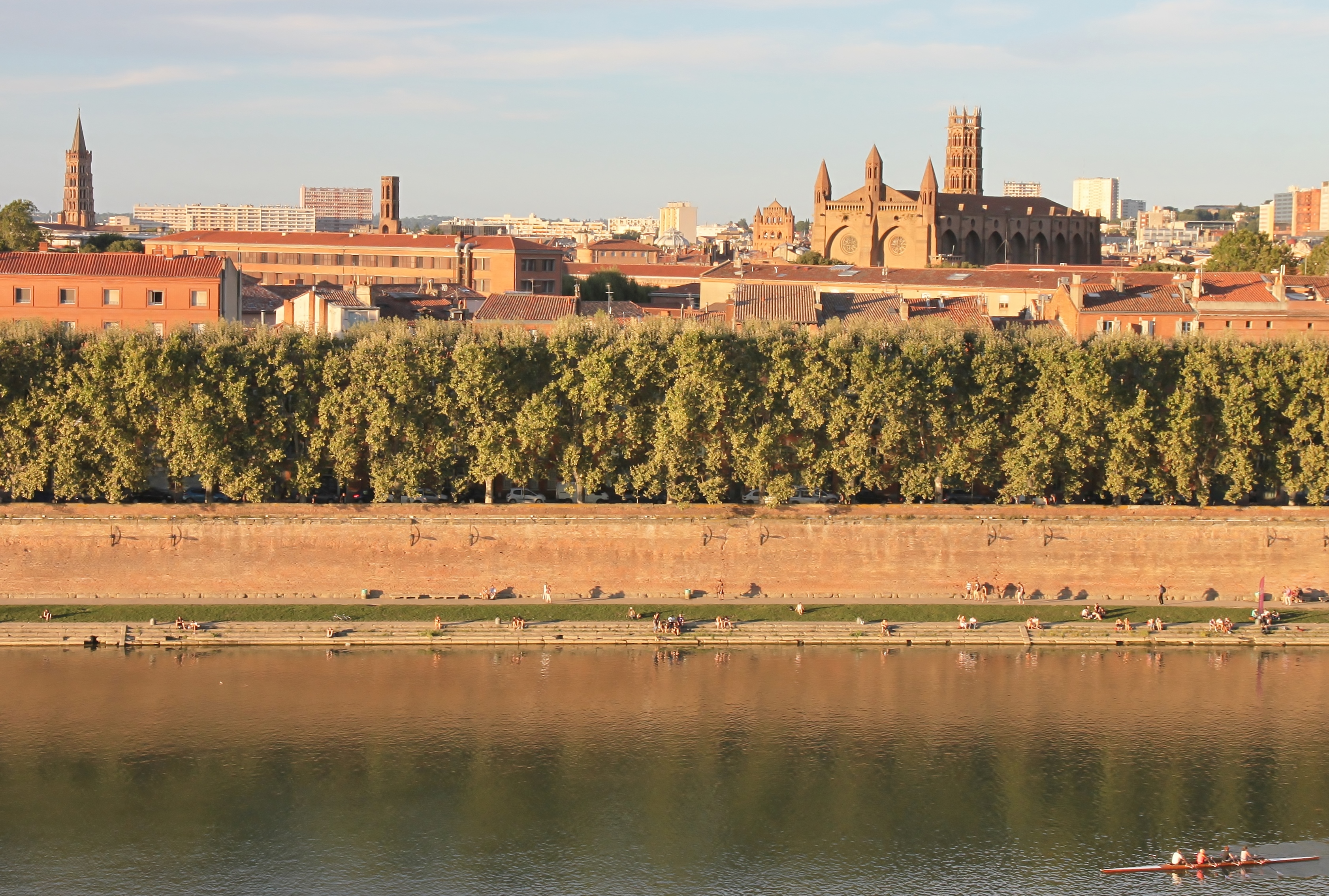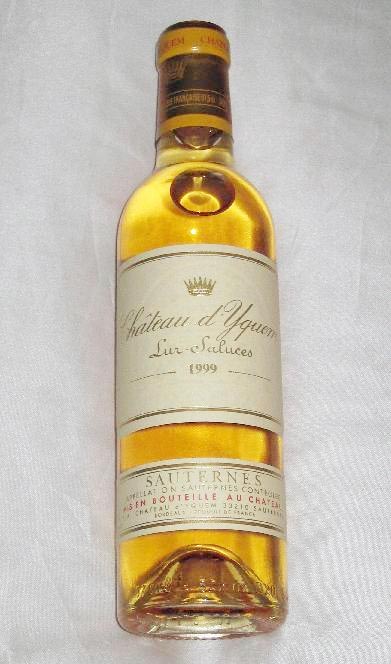|
Château Coutet
Château Coutet is a ''Premier Cru Classé'' (French: First Growth) sweet wine from the Sauternes-Barsac appellation located in Barsac, in the southern part of France's Bordeaux vineyards. Château Coutet is one of the oldest Sauternes producing vineyards, and is described by David Peppercorn as a "twin" of Barsac's other ''Premier cru'' estate, Château Climens. Coutet also produces a second wine, Chartreuse de Coutet, a dry white wine named Vin Sec de Chateau Coutet and a cuvée in vintages of exceptional quality, Cuvée Madame. History The estate was acquired in 1643 by Charles le Guerin, Lord of Coutet, a counselor at the Bordeaux parliament. In 1695 he passed the estate on to his nephew, Jean le Pichard, whose descendants owned Coutet until 1788. It was at this time that the former US president Thomas Jefferson noted Coutet as the best Sauternes originating from Barsac.Markham Jr., Dewey. ''1855: Histoire d’un Classement des vins de Bordeaux. Bordeaux'', Féret Coutet ... [...More Info...] [...Related Items...] OR: [Wikipedia] [Google] [Baidu] |
Sauvignon Blanc
Sauvignon blanc () is a green-skinned grape variety that originates from the city of Bordeaux in France. The grape most likely gets its name from the French words ''sauvage'' ("wild") and ''blanc'' ("white") due to its early origins as an indigenous grape in South West France. It is possibly a descendant of Savagnin. Sauvignon blanc is planted in many of the world's wine regions, producing a crisp, dry, and refreshing white varietal wine. The grape is also a component of the famous dessert wines from Sauternes and Barsac. Sauvignon blanc is widely cultivated in France, Chile, Romania, Canada, Australia, New Zealand, South Africa, Bulgaria, the states of Oregon, Washington, and California in the US. Some New World Sauvignon blancs, particularly from California, may also be called "Fumé Blanc", a marketing term coined by Robert Mondavi in reference to Pouilly-Fumé. Depending on the climate, the flavor can range from aggressively grassy to sweetly tropical. In cooler cl ... [...More Info...] [...Related Items...] OR: [Wikipedia] [Google] [Baidu] |
Sémillon
Sémillon () is a golden-skinned grape used to make dry and sweet white wines, mostly in French wine, France and Australian wine, Australia. Its thin skin and susceptibility to Botrytis cinerea, botrytis make it dominate the sweet wine region Sauternes AOC and Barsac AOC. History The Sémillon grape is native to the Bordeaux wine region, Bordeaux region. It was known as Sémillon de Saint-Émilion in 1736, while Sémillon also resembles the Gascon language, local pronunciation of the town's name ([semi'ʎuŋ]). It first arrived in Australia in the early 19th century and by the 1820s the grape covered over 90% of South African wine, South Africa's vineyards, where it was known as ''Wyndruif'', meaning "wine grape". It was once considered to be the most planted grape in the world, although this is no longer the case. In the 1950s, Chile wine, Chile's vineyards were made up of over 75% Sémillon. Today, it accounts for just 1% of South Africa wine, South African Cape vines. Vitic ... [...More Info...] [...Related Items...] OR: [Wikipedia] [Google] [Baidu] |
Botrytis Cinerea
''Botrytis cinerea'' is a necrotrophic fungus that affects many plant species, although its most notable hosts may be wine grapes. In viticulture, it is commonly known as "botrytis bunch rot"; in horticulture, it is usually called "grey mould" or "gray mold". The fungus gives rise to two different kinds of infections on grapes. The first, grey rot, is the result of consistently wet or humid conditions, and typically results in the loss of the affected bunches. The second, noble rot, occurs when drier conditions follow wetter, and can result in distinctive sweet dessert wines, such as Sauternes, the Aszú of Tokaji, or Grasă de Cotnari. The species name ''Botrytis cinerea'' is derived from the Latin for "grapes like ashes"; although poetic, the "grapes" refers to the bunching of the fungal spores on their conidiophores, and "ashes" just refers to the greyish colour of the spores ''en masse''. The fungus is usually referred to by its anamorph (asexual form) name, because ... [...More Info...] [...Related Items...] OR: [Wikipedia] [Google] [Baidu] |
Microclimate (wine)
In viticulture, there are several levels of regional climates that are used to describe the ''terroir'' or immutable characteristics of an area. These levels can be as broad as a macroclimate which includes entire wine regions or as small as a microclimate which includes the unique environment around an individual grapevine. In the middle is the mesoclimate which usually describes the characteristics of a particular vineyard site. Levels *Macroclimate, in viticulture, refers to the regional climate of a broad area such as an American Viticultural Area (AVA) or a French ''Appellation d'origine contrôlée'' (AOC). It can include an area on the scale of tens to hundreds of kilometers. On smaller scales are the related designations of mesoclimate and microclimate.J. Robinson (ed) ''"The Oxford Companion to Wine"'' Third Edition, pp. 416, 439, 442. Oxford University Press 2006 . *Mesoclimate refers to the climate of a particular vineyard site and is generally restricted to a space of ... [...More Info...] [...Related Items...] OR: [Wikipedia] [Google] [Baidu] |
Ciron
The Ciron (; ) is a left tributary of the Garonne, in Gironde, Southwest France. It is long. Geography The Ciron rises in the eastern end of the Moors of Gascony, in Landes. It flows north-west, mainly through the moors of Gironde, crosses the Sauternes vineyard and joins the Garonne at Barsac, downstream from Langon. The moisture it brings, and morning mists it causes, are favorable to the development of ''Botrytis cinerea'' on grapes, a fungus that contributes to the high quality and renown of Sauternes wines. Départements and towns The Ciron flows through the following ''départements'' and towns: * Landes (40) : Lubbon * Lot-et-Garonne (47) * Gironde (33) : Noaillan, Villandraut, Barsac, Cérons, Bommes Tributaries * (L) le Giscos, from Giscos * (R) le Barthos, * (L) la Gouaneyre, from Captieux * (R) la Clède, from Lignan-de-Bazas * (L) le Baillon, downstream from Villandraut Villandraut (; ) is a commune in the Gironde department in Nouvelle-Aquit ... [...More Info...] [...Related Items...] OR: [Wikipedia] [Google] [Baidu] |
Garonne
The Garonne ( , ; Catalan language, Catalan, Basque language, Basque and , ; or ) is a river that flows in southwest France and northern Spain. It flows from the central Spanish Pyrenees to the Gironde estuary at the French port of Bordeaux – a length of , of which is in Spain (Val d'Aran);Le bassin versant de la Garonne Syndicat Mixte d'Études & d'Aménagement de la Garonne the total length extends to if one includes the Gironde estuary between the river and the sea. Its basin area is , which increases to if the Dordogne (river), Dordogne River, which flows from the east and joins the Garonne at Bec d'Ambès to form the Gironde estuary, is included. Umayyad and Duchy of Aquitaine , Aquitanian forces fought the Battle of the River Garonne in 732 beside the river near present-day ... [...More Info...] [...Related Items...] OR: [Wikipedia] [Google] [Baidu] |
Philippine De Rothschild
Philippine Mathilde Camille, Baroness de Rothschild (22 November 1933 – 23 August 2014) was the owner of the French winery Château Mouton Rothschild. She acted under the stage name Philippine Pascal (imprinting on her paternal grandfather Henri de Rothschild who also used the last name Pascal to write plays). She was the only daughter of the vintner Baron Philippe de Rothschild, a member of the Rothschild banking dynasty. Biography Rothschild was born in Paris, France. At the time of her birth, her mother, Elisabeth Pelletier de Chambure, a French Catholic aristocrat, was not married to her father Philippe de Rothschild, but instead married to Jonkheer Marc de Becker-Rémy, a Belgian nobleman. After a legal skirmish and the Jonkheer's threats to kidnap his wife's child, the Becker-Rémys divorced in 1934. Shortly afterwards, Rothschild's mother and father eventually married that same year in Paris. By 1939, Philippe de Rothschild separated from Elisabeth, who reverted to usi ... [...More Info...] [...Related Items...] OR: [Wikipedia] [Google] [Baidu] |
Château De Malle
A château (, ; plural: châteaux) is a manor house, or palace, or residence of the lord of the manor, or a fine country house of nobility or gentry, with or without fortifications, originally, and still most frequently, in French-speaking regions. Nowadays, a ''château'' may be any stately residence built in a French style; the term is additionally often used for a winegrower's estate, especially in the Bordeaux region of France. Definition The word château is a French word that has entered the English language, where its meaning is more specific than it is in French. The French word ''château'' denotes buildings as diverse as a medieval fortress, a Renaissance palace and a fine 19th-century country house. Care should therefore be taken when translating the French word ''château'' into English, noting the nature of the building in question. Most French châteaux are "palaces" or fine "country houses" rather than "castles", and for these, the word "château" is appropria ... [...More Info...] [...Related Items...] OR: [Wikipedia] [Google] [Baidu] |
Château Filhot
Château Filhot, archaically named Maison Noble de Verdoulet, is a winery rated ''Deuxième cru classé'' (French, “Second Growth”) in the Bordeaux Wine Official Classification of 1855, from the Sauternes (wine), Sauternes Appellation d'origine contrôlée, appellation in Gironde. Considered by some unjustly omitted from the ''Premier cru'' classification, Filhot produces a drier wine than Château d'Yquem, with an unusually high alcohol content for a Sauternes. History The vineyard dating from the 1630s, the château was founded by Romain de Filhot in 1709. Following the French Revolution, the estate was taken over by Romain-Bertrand de Lur-Saluces who added the estate of Pinaud du Rey and had the château redesigned to its English appearance in 1840. During the period when then American ambassador to France Thomas Jefferson ranked the wine directly behind Yquem, Filhot enjoyed a greater reputation than today, and the two wines were comparably priced. In 1935, Comtesse Durie ... [...More Info...] [...Related Items...] OR: [Wikipedia] [Google] [Baidu] |
Château D'Yquem
Château d'Yquem () is a '' Premier Cru Supérieur'' ( Fr: "Superior First Growth") wine from the Sauternes, Gironde region in the southern part of the Bordeaux vineyards known as Graves. In the Bordeaux Wine Official Classification of 1855, Château d'Yquem was the only Sauternes given this rating, indicating its perceived superiority and higher prices over all other wines of its type. Yquem's success stems largely from the site's susceptibility to attack by "noble rot" (a particular kind of infestation by ''Botrytis cinerea''). Wines from Château d'Yquem are characterised by their complexity, concentration and sweetness, which is balanced by relatively high acidity. With proper care, a bottle will keep for a century or more, and the fruity overtones will gradually fade and integrate with more complex secondary and tertiary flavours. Since 1959, Château d'Yquem has also produced a dry white wine called ''Ygrec'' (the name of the letter "Y" in French), made predominantly ... [...More Info...] [...Related Items...] OR: [Wikipedia] [Google] [Baidu] |






